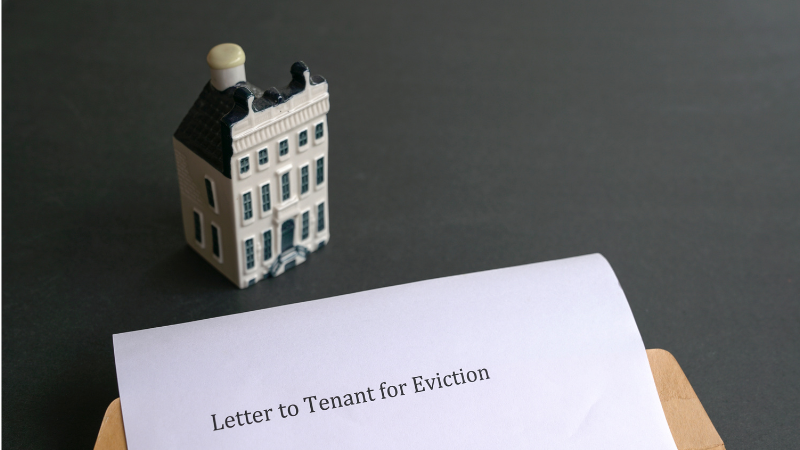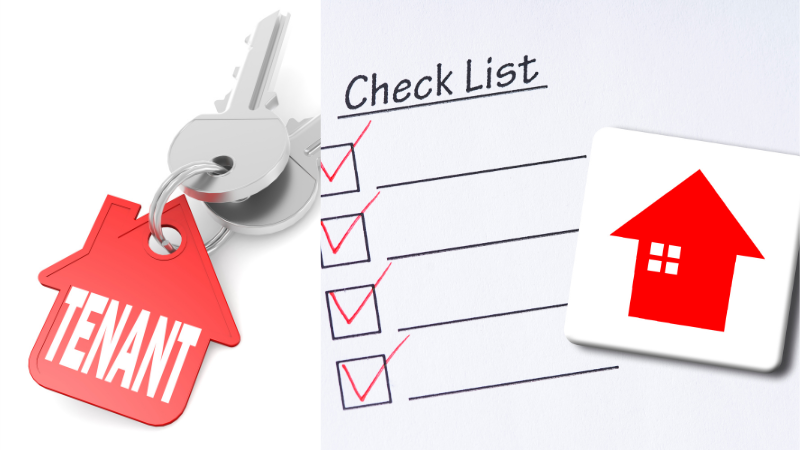Tenant turnover is a significant event in property management that requires careful attention and planning. One of the most effective tools to ensure a smooth transition between tenants is a tenant turnover checklist. This blog post will delve into the importance of such checklists, explore their benefits, and provide insights into how property managers can optimize their use.
Understanding the Tenant Turnover Checklist
What is a Tenant Turnover Checklist?
A tenant turnover checklist is a detailed guide used by property managers to ensure that all necessary tasks are completed when a tenant moves out and before a new tenant moves in. This checklist typically includes everything from inspecting the property for damages, ensuring that all repairs are completed, cleaning the unit, and managing utilities to documenting the condition of the property with photos.
Components of a Tenant Turnover Checklist
- Property Inspection: This involves a thorough examination of the property, including walls, floors, ceilings, and all appliances, to identify any damages that need repair.
- Cleaning Requirements: A clean unit is essential for attracting new tenants. This includes deep cleaning of carpets, floors, kitchens, and bathrooms.
- Repairs and Maintenance: Any damages or necessary maintenance work should be completed before the new tenant moves in.
- Utility Management: Final meter readings for utilities should be taken, and accounts should be transferred to the new tenant.
- Documentation: It’s crucial to document the condition of the property, preferably with photos, to avoid disputes over the security deposit.
The Importance of a Tenant Turnover Checklist
Ensures Consistency and Efficiency

One of the primary benefits of a tenant turnover checklist is the consistency it brings to the process. By following a standardized list, property managers can ensure that no critical task is overlooked. This consistency helps in maintaining the property’s quality and ensures that all necessary repairs and cleaning tasks are completed before the new tenant moves in.
Moreover, the efficiency of the process is greatly improved when using a checklist. With a clear outline of tasks, property managers can move swiftly through the turnover process, reducing the time the property remains vacant.
Improves Tenant Satisfaction
A well-maintained property is crucial for tenant satisfaction. When a new tenant moves into a clean, well-repaired unit, their overall experience is significantly better. This positive experience can lead to longer tenancy periods, reducing the frequency of turnovers and the associated costs.
For the outgoing tenant, a clear checklist provides transparency. They know exactly what is expected of them in terms of cleaning and repairs, reducing the likelihood of disputes over the security deposit.
Minimizes Vacancy Time
Vacancy periods are a financial drain on property owners. The longer a unit remains vacant, the more revenue is lost. A tenant turnover checklist helps minimize this time by ensuring that all tasks are completed quickly and efficiently. By reducing the turnover time, property managers can quickly get the unit ready for the next tenant, maximizing rental income.
Legal and Compliance Considerations
A tenant turnover checklist also plays a vital role in ensuring that the property complies with local laws and regulations. For example, some areas may have specific requirements for security deposit returns or property condition reports. By following a checklist, property managers can ensure that all legal obligations are met, reducing the risk of legal disputes.
Additionally, the checklist can serve as a record-keeping tool, documenting that all necessary steps were taken during the turnover process. This documentation can be invaluable in defending against any claims or disputes that may arise.
Cost-Effective Maintenance
Addressing maintenance issues before they escalate can save property owners a significant amount of money. A tenant turnover checklist helps identify any damages or maintenance needs early on, allowing for timely repairs. This proactive approach can prevent small issues from turning into costly problems, making the maintenance process more cost-effective.
How to Create an Effective Tenant Turnover Checklist
Customizing the Checklist for Your Property

Every property is unique, and a one-size-fits-all checklist may not be sufficient. It’s important to tailor the checklist to the specific needs of your property. For instance, a checklist for an apartment complex might differ from one for a single-family home. Consider the unique features and potential problem areas of your property when creating the checklist.
In some regions, local laws or market conditions may also necessitate specific items on your checklist. Customizing the checklist to include these requirements ensures that you remain compliant and meet the expectations of tenants.
Using Technology to Manage Turnover Checklists
Technology can greatly enhance the efficiency of managing tenant turnover checklists. Digital checklists can be easily updated, shared, and tracked in real time. Property management software often includes features that allow for the creation and management of checklists, ensuring that nothing is missed.
Using digital tools also makes record-keeping easier. Photos, notes, and other documentation can be stored electronically, providing a comprehensive record of the turnover process. This can be particularly useful in the event of a dispute or for tracking the condition of the property over time.
Common Mistakes to Avoid During Tenant Turnover
Inadequate Inspections
One of the most common mistakes during tenant turnover is failing to conduct a thorough inspection. Overlooking critical areas can lead to missed repairs, which may result in tenant dissatisfaction or legal disputes later on. It’s essential to allocate enough time for a detailed inspection and to use the checklist as a guide.
Poor Communication with Tenants
Clear communication with both outgoing and incoming tenants is crucial. Outgoing tenants need to understand their responsibilities regarding cleaning and repairs, while incoming tenants should be informed about the condition of the property and any ongoing maintenance. Miscommunication can lead to misunderstandings, disputes, and even legal issues.
Rushing the Turnover Process
While minimizing vacancy time is important, rushing the turnover process can be counterproductive. Skipping steps in the checklist to speed up the process may result in incomplete repairs or inadequate cleaning, leading to tenant dissatisfaction. It’s better to take the necessary time to ensure the property is in top condition.
Not Documenting the Process
Failing to document the turnover process can leave property managers vulnerable to disputes, especially concerning security deposits. Proper documentation, including photos and detailed notes, can protect against claims and provide evidence that the turnover was handled correctly.
Case Studies/Examples
Real-Life Examples of Successful Tenant Turnovers

Consider a property management company that effectively uses a tenant turnover checklist. By following the checklist, they can quickly identify and address issues, ensure the property is clean and well-maintained, and minimize vacancy periods. This approach leads to higher tenant satisfaction and better retention rates, ultimately benefiting the property owner.
Lessons Learned from Poorly Managed Turnovers
On the other hand, failing to use a checklist can result in missed repairs, inadequate cleaning, and tenant dissatisfaction. This can lead to longer vacancy periods, legal disputes, and lost revenue. A poorly managed turnover process can have long-lasting negative effects on the property’s profitability.
FAQs
- What should be included in a tenant turnover checklist?
- A tenant turnover checklist should include property inspection, cleaning requirements, necessary repairs, utility management, and documentation of the property’s condition.
- How often should the checklist be updated?
- The checklist should be reviewed and updated regularly, especially if there are changes in local laws or the property itself.
- What are the common challenges during tenant turnover?
- Common challenges include inadequate inspections, poor communication with tenants, and rushing the turnover process.
- How can I make the tenant turnover process more efficient?
- Using a detailed checklist, leveraging technology, and maintaining clear communication with tenants can make the process more efficient.
- Why is documentation important during tenant turnover?
- Documentation provides a record of the property’s condition and the steps taken during turnover, protecting against disputes and legal claims.
Conclusion
A tenant turnover checklist is an indispensable tool in property management. It ensures consistency, improves tenant satisfaction, minimizes vacancy time, and helps property managers stay compliant with legal requirements. By customizing the checklist for your property and leveraging technology, you can streamline the turnover process and enhance the overall management of your rental properties.
NSPIRE Experts understands the importance of tenant turnover checklists and provides comprehensive solutions for property managers looking to optimize their processes. By integrating a well-designed checklist into your turnover routine, you can ensure that your properties remain in top condition and your tenants are satisfied. Whether you’re managing a single property or an entire portfolio, Contact NSPIRE Experts for your property management needs.
